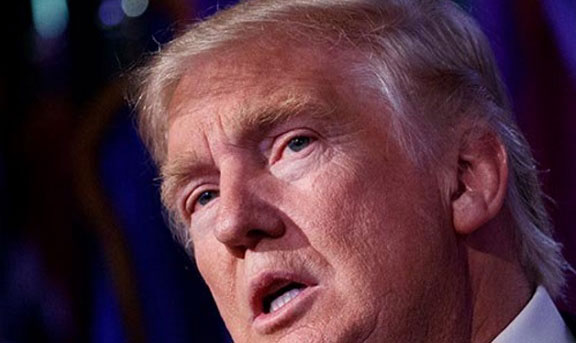
Washington, United States | AFP | Fired FBI director James Comey withheld judgment Thursday on whether President Donald Trump’s requests that he drop an investigation into his former national security advisor amounted to obstruction of justice.
Democrats are intent on determining whether Trump’s actions amounted to obstruction, but what does the charge mean, and how might it potentially lead to impeachment?
– The felony –
Obstruction of justice requires proof that a person has “corruptly influenced, impeded, or endeavored to influence or impede, the due administration of justice,” says Ohio State University law professor Joshua Dressler.
It is not one crime but a family of overlapping federal crimes set out in statutes, says Brandon Garrett, professor law at the University of Virginia.
It is not necessary to try to end a pending, federal proceeding, only that someone tried to influence it, says Garrett.
– Establishing intent –
Intent — defined as “corrupt” motive — must be established and can be difficult to prove.
Acting improperly is not enough. The question in this case is whether Trump crossed the line “fully aware that he was acting wrongly or whether he was oblivious to proper, established protocol,” Dressler cautioned.
– Case against Trump –
It is up for debate whether an FBI investigation even qualifies as a federal pending proceeding.
“The weight of the authority is that it is not… but a prosecutor could reasonably take a different view,” Harvard University law professor Mark Tushnet told AFP.
That could change if a grand jury investigation had started.
“If the president knew of such an investigation and did what he did, then at least we’re in the territory of an obstruction of justice proceeding,” Tushnet said.
Tushnet said that evidence provided by Comey, at least prior to his appearance before the Senate Intelligence Committee on Thursday, did not establish obstruction.
“I think any responsible prosecutor would want to know a lot more than what we have from Comey. It’s not that he’s vindicated the president, but these are pieces of evidence that together might add up with other things to obstruction,” he said.
– Punishment –
In the courts, basic obstruction is punishable by not more than five years in jail, but a sitting US president has never been indicted and it remains an open question as to whether that is even possible.
But obstruction was the basis of impeachment proceedings against president Richard Nixon in the 1973-74 Watergate scandal and Bill Clinton in 1998 over his affair with an intern.
– What is impeachment –
Impeachment is political recourse against a president at the hands of the House of Representatives with no legal indictment necessary.
Lawmakers only have to believe a president is guilty of “treason, bribery, or other high crimes and misdemeanors,” to initiate articles of impeachment.
It is a two-step process.
A first vote takes place in the House, where a simple majority is needed.
In the event of impeachment, the case shifts to the Senate, where a two-thirds majority is needed for conviction in the 100-member chamber.
If that happens, the president is ousted — with no recourse for appeal. Should the Senate fall short of conviction, the president is acquitted and remains in office.
No US president has been ousted from office under impeachment proceedings. Clinton was impeached by the House of Representatives in 1998 but acquitted in the US Senate. So was Andrew Johnson in 1868.
Richard Nixon resigned in 1974 to avoid impeachment.
– Not there yet –
Given that the House is currently controlled by the Republican Party, few expect it to proceed against Trump as things stand.
That might change should the Democratic Party win back control of the House in the 2018 mid-term elections.
But even senior Democrats say it is too early to call for impeachment, and that the facts of the case must first be established.
 The Independent Uganda: You get the Truth we Pay the Price
The Independent Uganda: You get the Truth we Pay the Price



